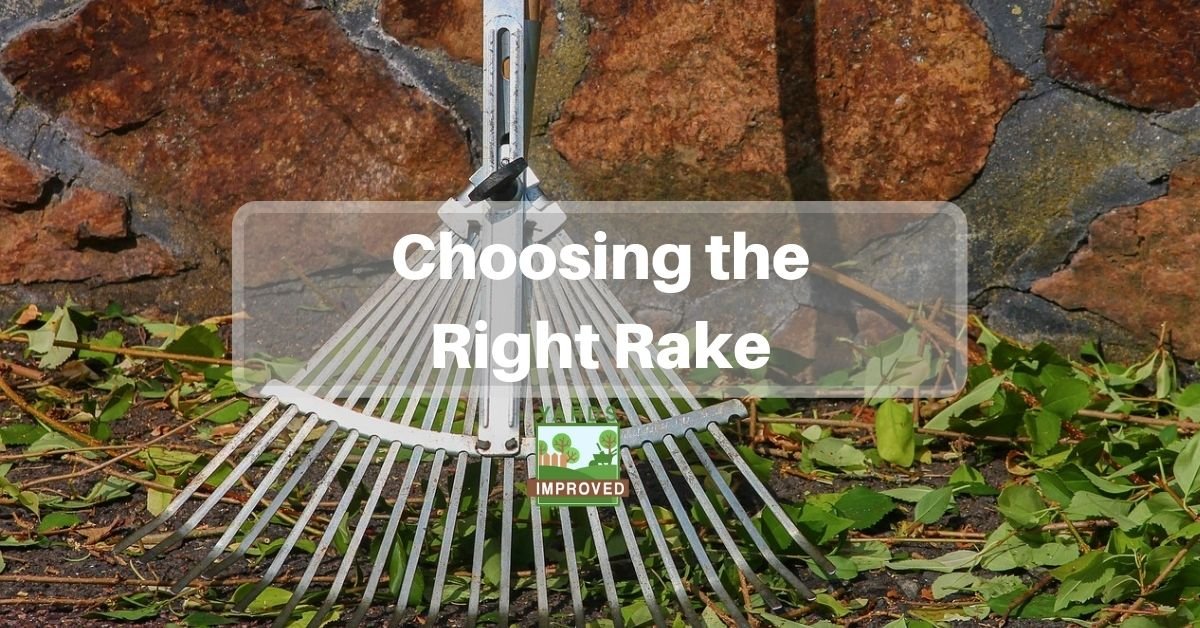It’s always important to have the right tool for the right job. But it’s easy to get the wrong tool because one general name often covers a variety of tools. You know what we mean if you’ve ever been asked for a screwdriver, and you brought a phillips head instead of a flat head version!
Rakes, too, come in many formats. Each one is designed for a different purpose. And choosing the wrong one can make a job difficult or impossible to do.
With that in mind, we thought it would be helpful to look at different types of rake. This way, you’ll know what to ask for based on the task at hand. It’ll help your yard work go more smoothly, more quickly, and with a lot less frustration!
Leaf Rakes
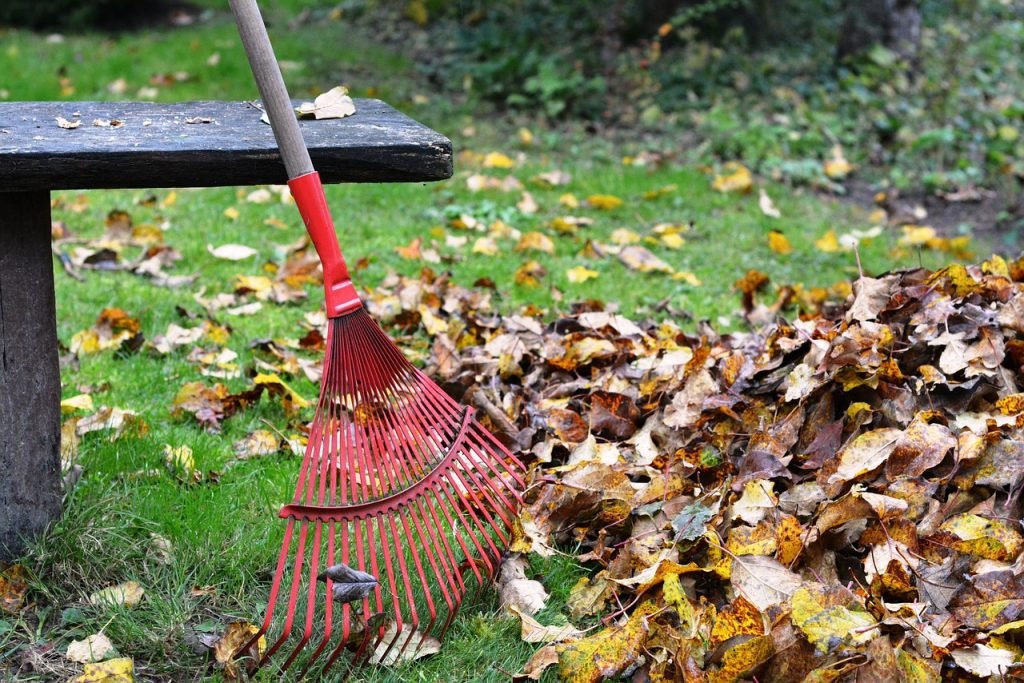
For most homes, leaf rakes are the most useful rake you can have. They’ll come in handy every fall when the leaves have fallen and it’s time to pick them up! But they’re also good for raking grass clippings.
Leaf rakes have long narrow tines spread in an arc. The tines are usually somewhat flexible. They may be metal or plastic.
Looking for a quality leaf rake? Find them here!
Leaf rakes are also called lawn rakes, although on rare occasions someone will make a distinction between the two. They have the same functions and design, though.
Shrub Rakes
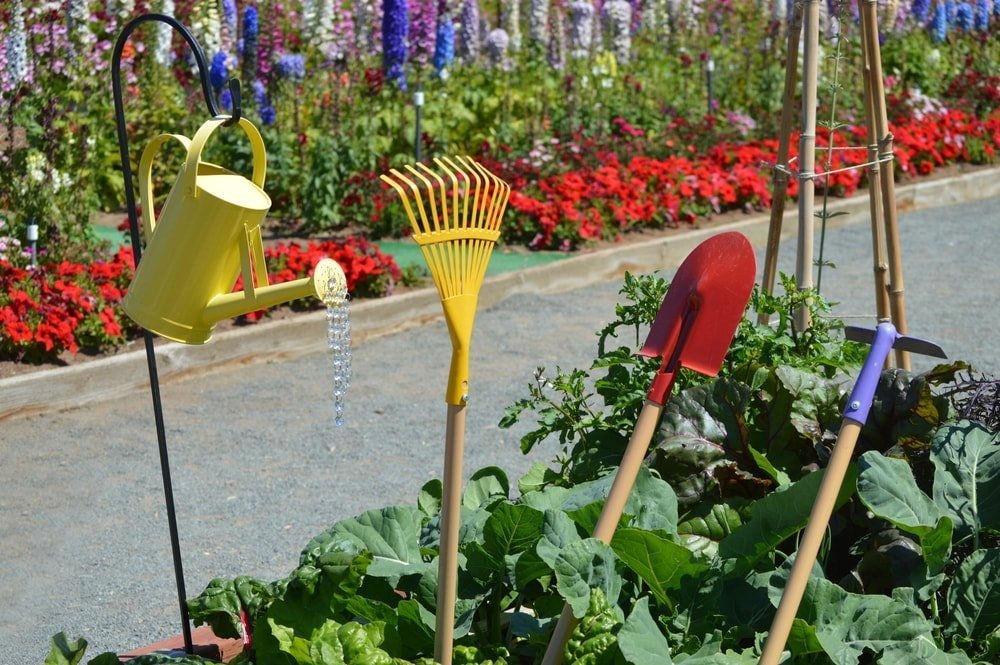
A shrub rake looks like a narrower version of a leaf rake. It’s great for reaching into corners or under bushes. It’s also great for raking dead leaves and litter out of shrubs by passing it along the branches and leaves.
Find out which shrub rakes are best
Bow Rakes
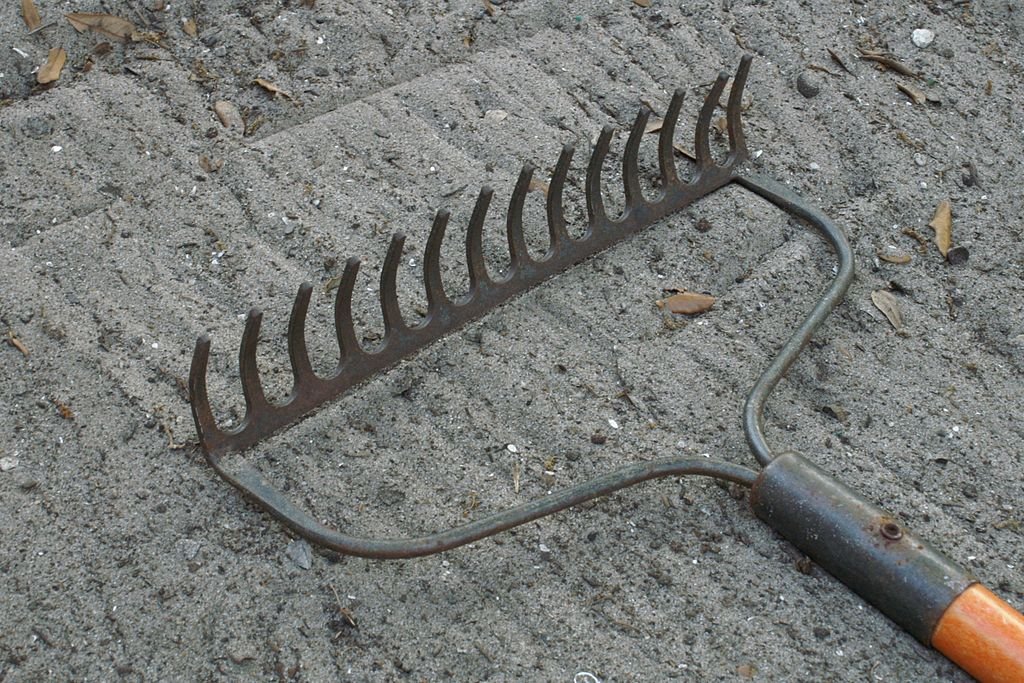
The name “bow rake” comes from the basic design of the head of this type of rake. The tines of the rake are arranged along a straight bar. That bar is attached to the handle by two supports that form a bow-shape.
Also known as a garden rake, this is a tougher tool. It’s great for smoothing or leveling soil, breaking up clumps of dirt, and spreading gravel.
Check out the best bow rakes!
Their tougher, thicker tines don’t work well for raking leaves or grass though. The tines are too far apart to gather grass, and they will pierce right through leaves, quickly clogging the rake.
Because they do heavier work, bow rakes usually have metal heads.
Landscape Rakes
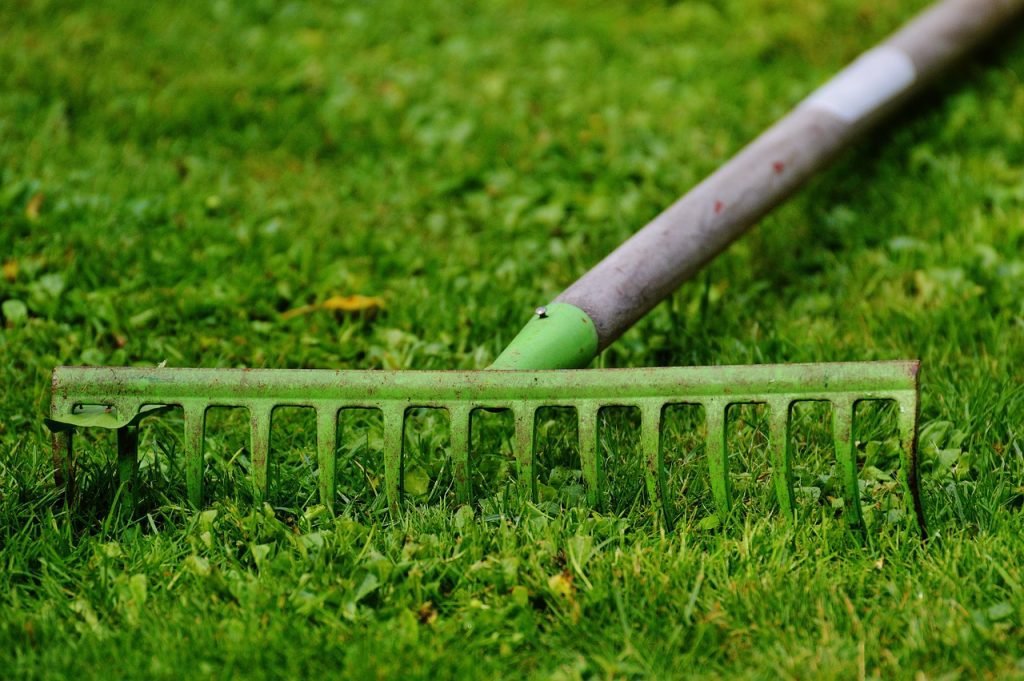
A landscape rake is similar to a bow rake but generally has a wider head. This makes it easier to do big projects.
They can make the job go quickly, especially if you’re leveling a stone driveway, sandbox, or large area of dirt. At the same time, the amount of material they pull makes them more difficult to handle.
Most homeowners probably won’t need a landscape rake. But if you have a gravel driveway or other area that you regularly want to smooth out, it can be a worthwhile investment.
Check these reviews of top landscaping rakes!
Thatch Rakes
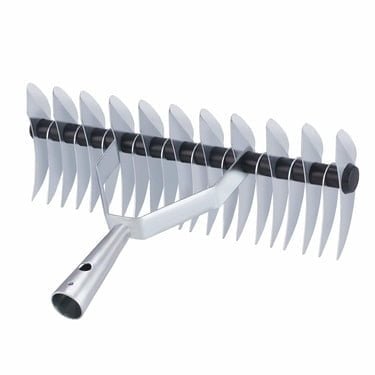
Thatch rakes serve another unique purpose in the varied world of rakes.
These tools aren’t needed often, but they serve an important role in helping to keep your lawn healthy. When thatch accumulates in your lawn, they help pull it out so that your grass can get the water and nutrients it craves.
Need a dependable thatch rake?
The heavy-duty tines of the thatch rake are relatively close together so they can dig through the thatch. Also, most thatch rakes are double-sided, with the tines on opposite sides being of different lengths. This will allow you to just flip it over depending on how thick the thatch is.
Hand Rake

This type of rake isn’t likely to be confused with any others. Usually used for small tasks in the garden, a hand rake is a small, one-handed tool that usually has just three to five strong tines.
This tool can help pull out small roots, break clumps of dirt, and pull out weeds. It’s especially useful when you’re trying to work among plants that you don’t want to damage.
Conclusion
Choosing the right rake can make all the difference when you’re working on your lawn or garden. Most people will need at least two or three different kinds of rake to cover routine tasks. So it’s important to know what each one does best, and choose accordingly!

